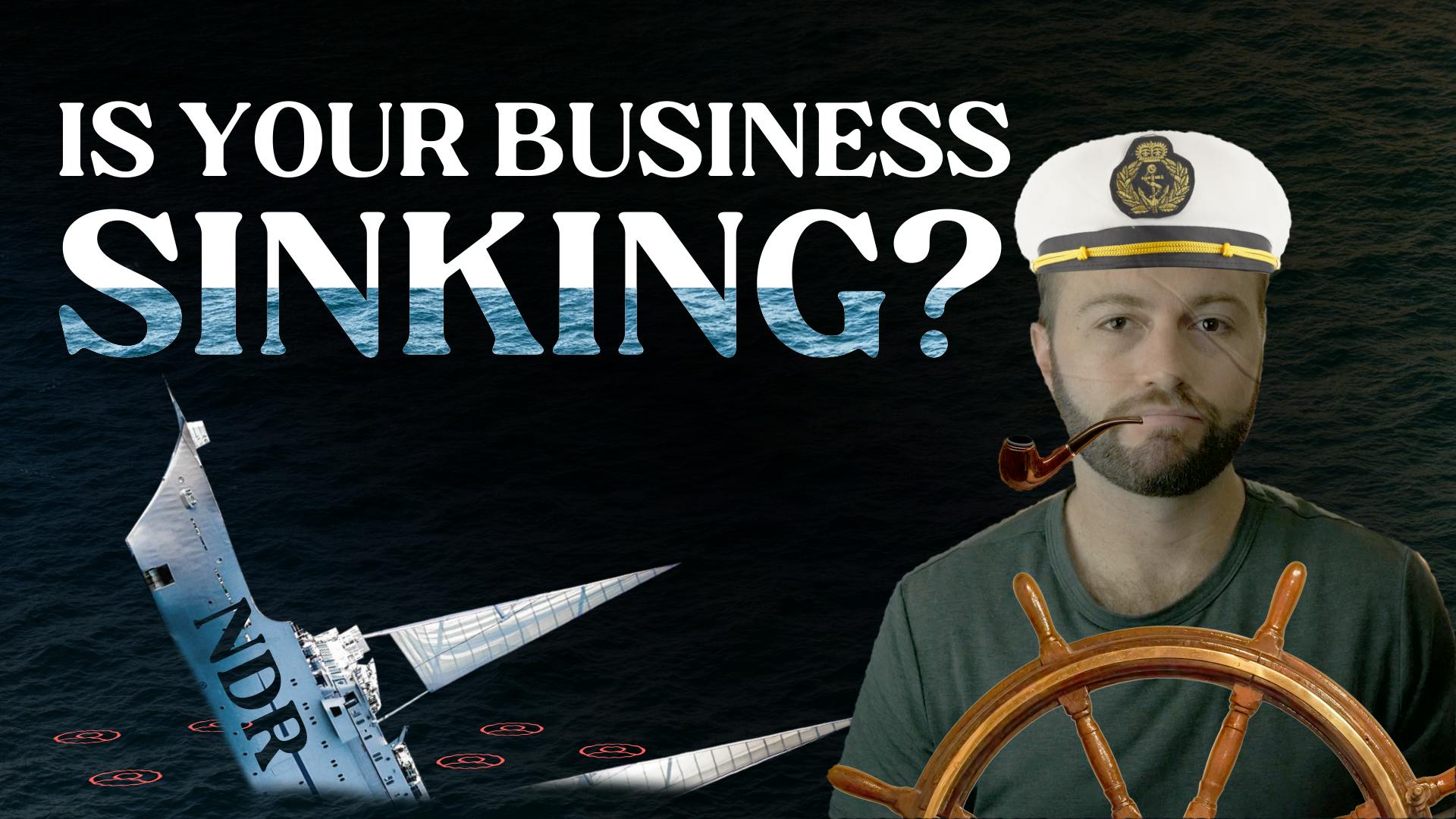
Getting The Most Out of the App Store
It turns out that 94% of internet use happens on a smart phone compared to just 62% on a desktop computer. That means that if you aren’t developing for mobile, you’re missing out on a third of the world.
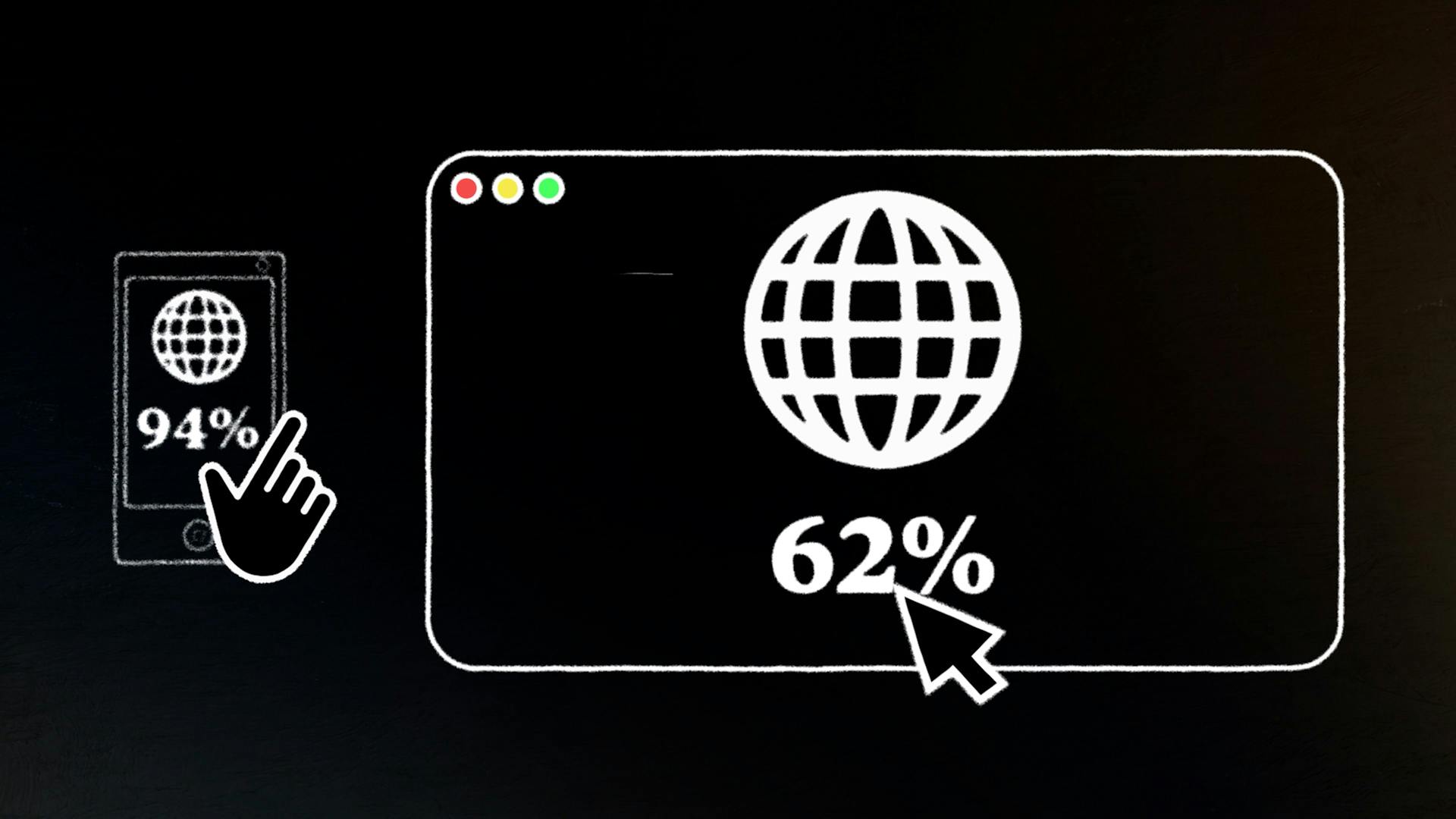
You can take matters into your own hands and avoid app store barriers while still gaining from the benefits of the ecosystem, and all with a tool that’s over 30 years old: the world wide web. But it’s not as simple as implementing web checkout opening up a web store. You still need an app. Where do you begin?
Well this video might be a great place to start, because we're breaking down 3 strategies to sell mobile apps that’ll set you up for success.
The information we’re sharing in this episode is brought to you by our Web Monetization Guide. Sign up below to get a complete view of this topic and access the tools that we don’t have time for in this video.

What strategy is best for you?
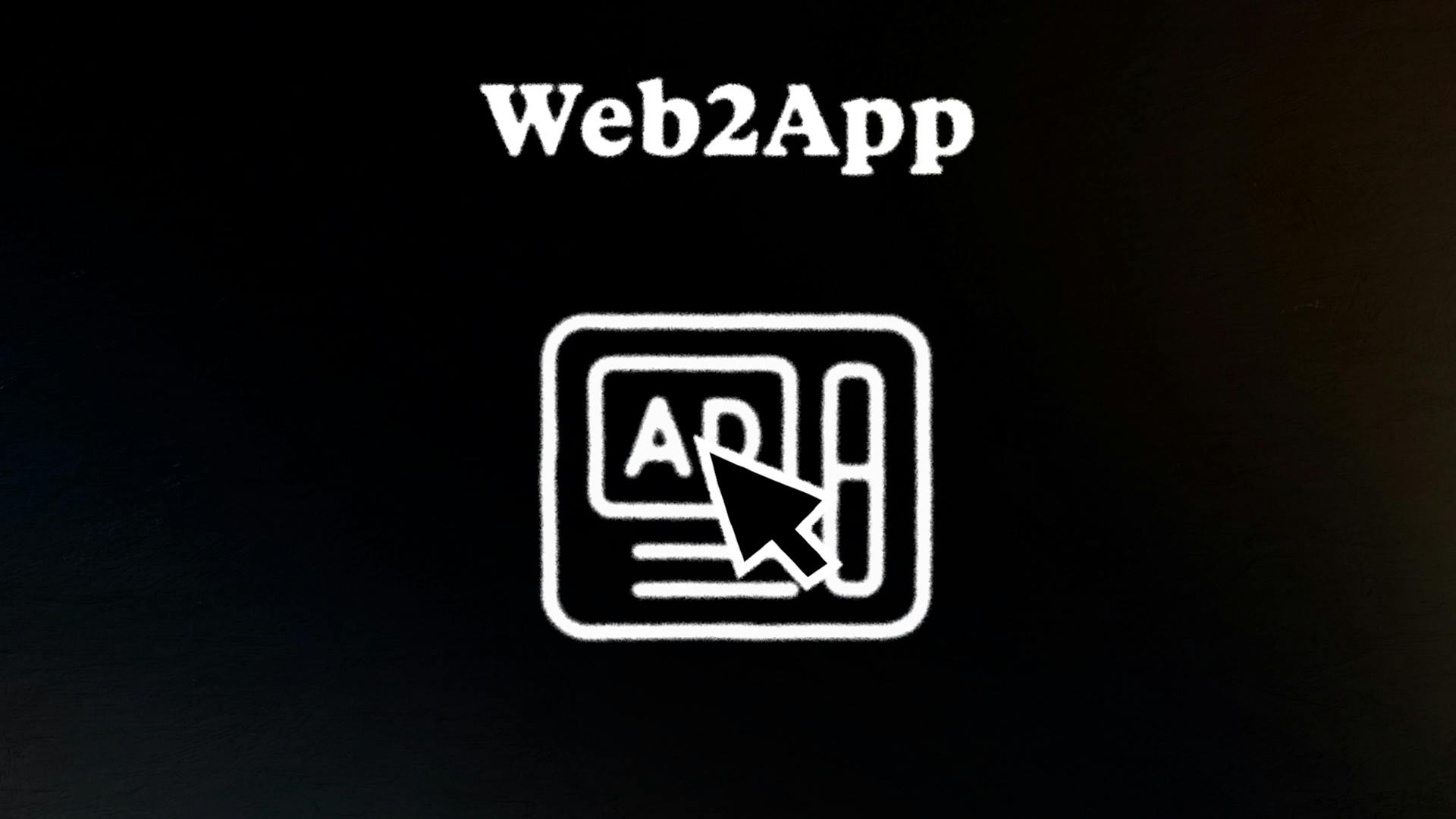
The first and most common mobile app selling strategy is a Web2App Funnel, where you use ads to drive a user to sign up and pay on the web before directing them to download the app.
Let's take a look at Blinkist. It's an app that summarizes and recommends a ton of books based on your reading preferences. When I go to sign up on their website, I answer a few questions, pay directly on my desktop and then get directed to download the app. Now, I’m monetized online while enjoying the literary knowledge on Blinkist’s mobile app.
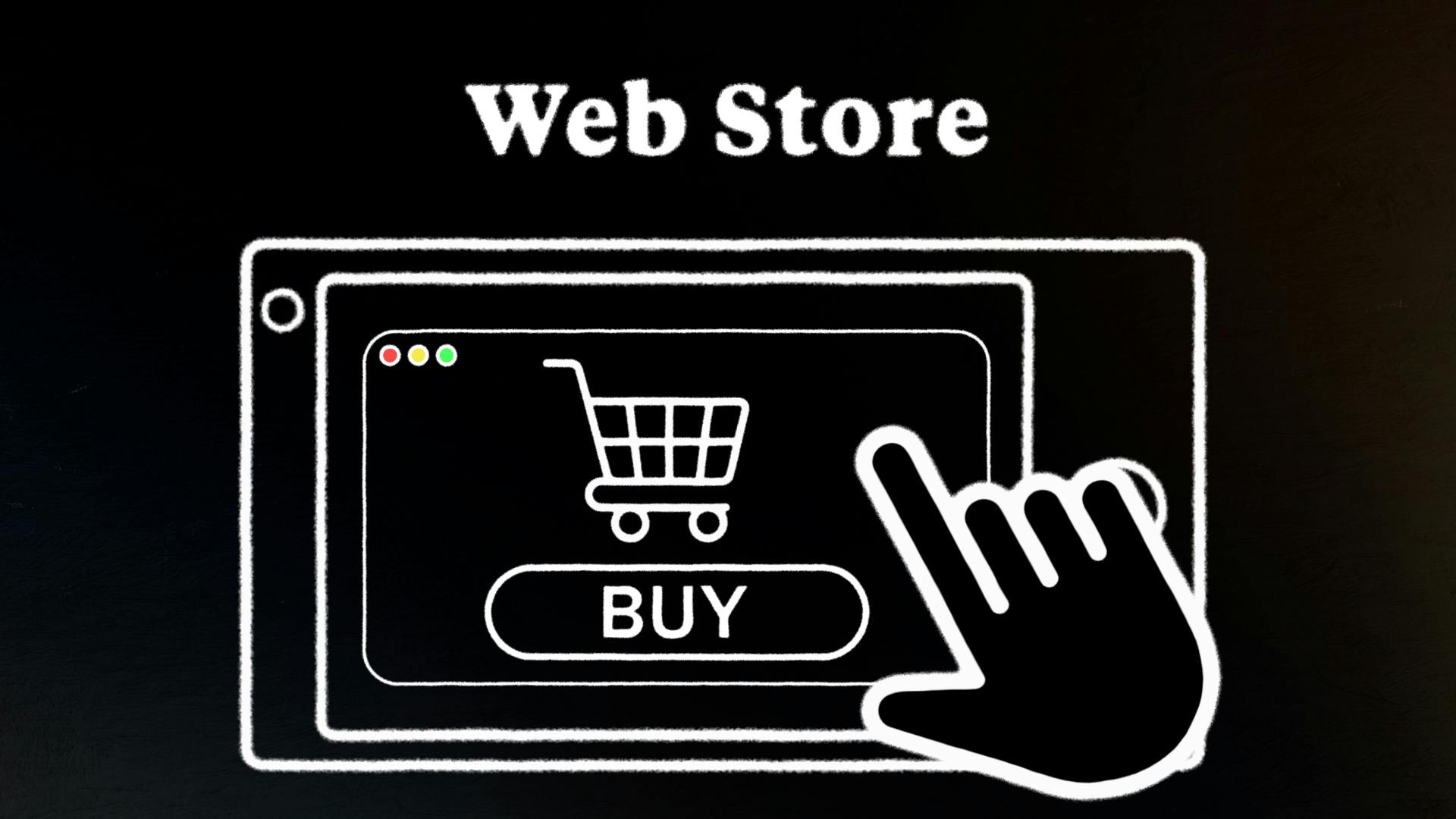
The next strategy is the inverse: A Web Store Strategy. This is where you acquire users through the app store, but they transact through your web portal so you avoid platform fees. This strategy is popular amongst gaming companies like Zynga, where they incentivize players who downloaded their app to purchase on their web store through promotions, discounts and VIP items. The app store makes it difficult to do this, since you can’t actually advertise your alternative store within the app. This strategy requires a bit of community building and trust as you guide your audience from the app to your web store without any blatant messaging.
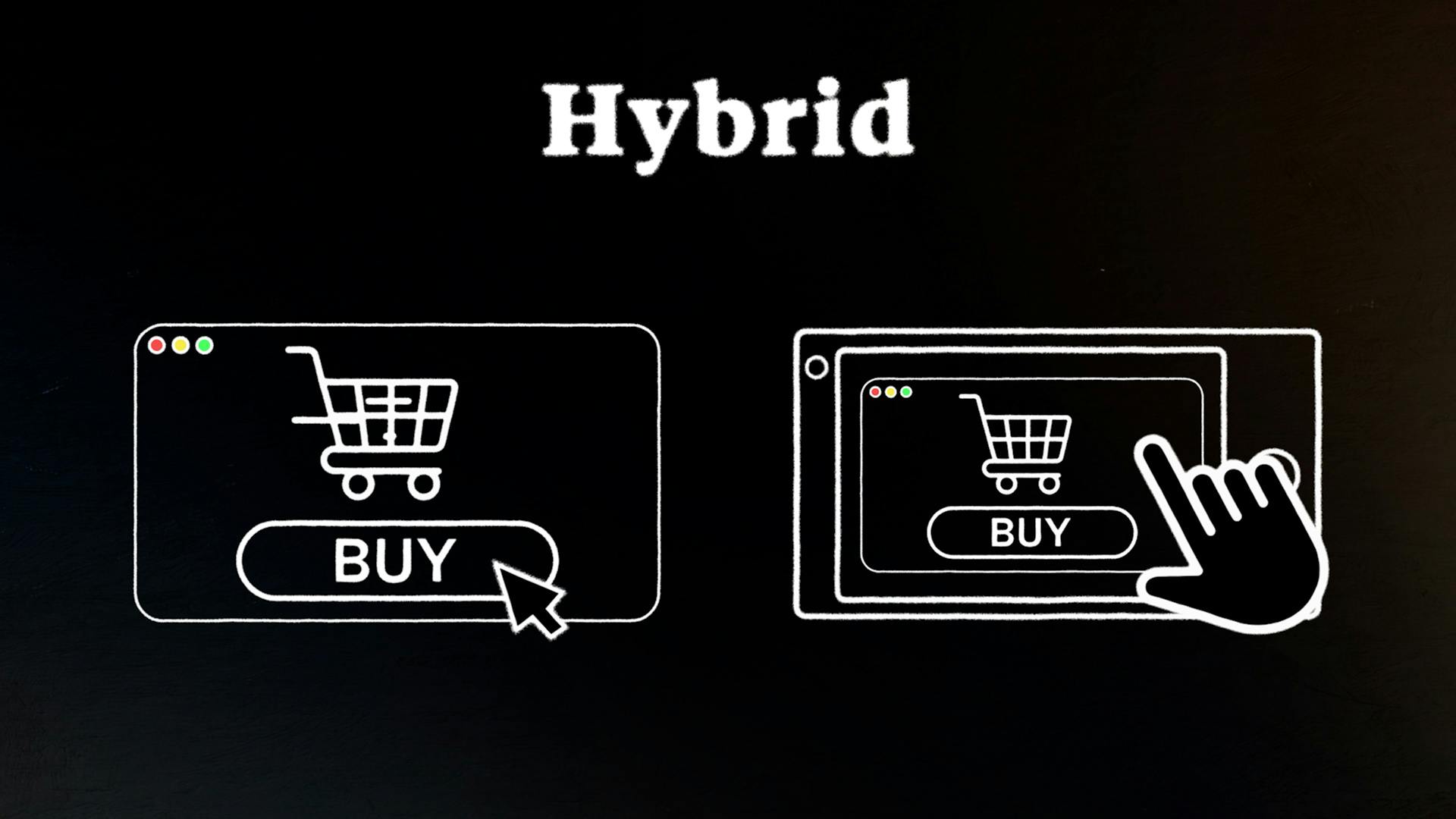
The last strategy is a Hybrid Approach. This occurs when your product offers both a web-based and a mobile-based experience. Let’s look at Spotify as an example. I like to listen to music in many different scenarios. In my car, on a walk, or while I’m writing this video. When I sign up for Spotify on the web, I make the transaction there and I’m prompted with the option to download the app. When I sign up on mobile, I’m actually not even allowed to upgrade to premium within the app. I have to sign in on the web in order to make a transaction. And as you can see with Spotify, you still can’t utilize blatant messaging, another app store frustration.
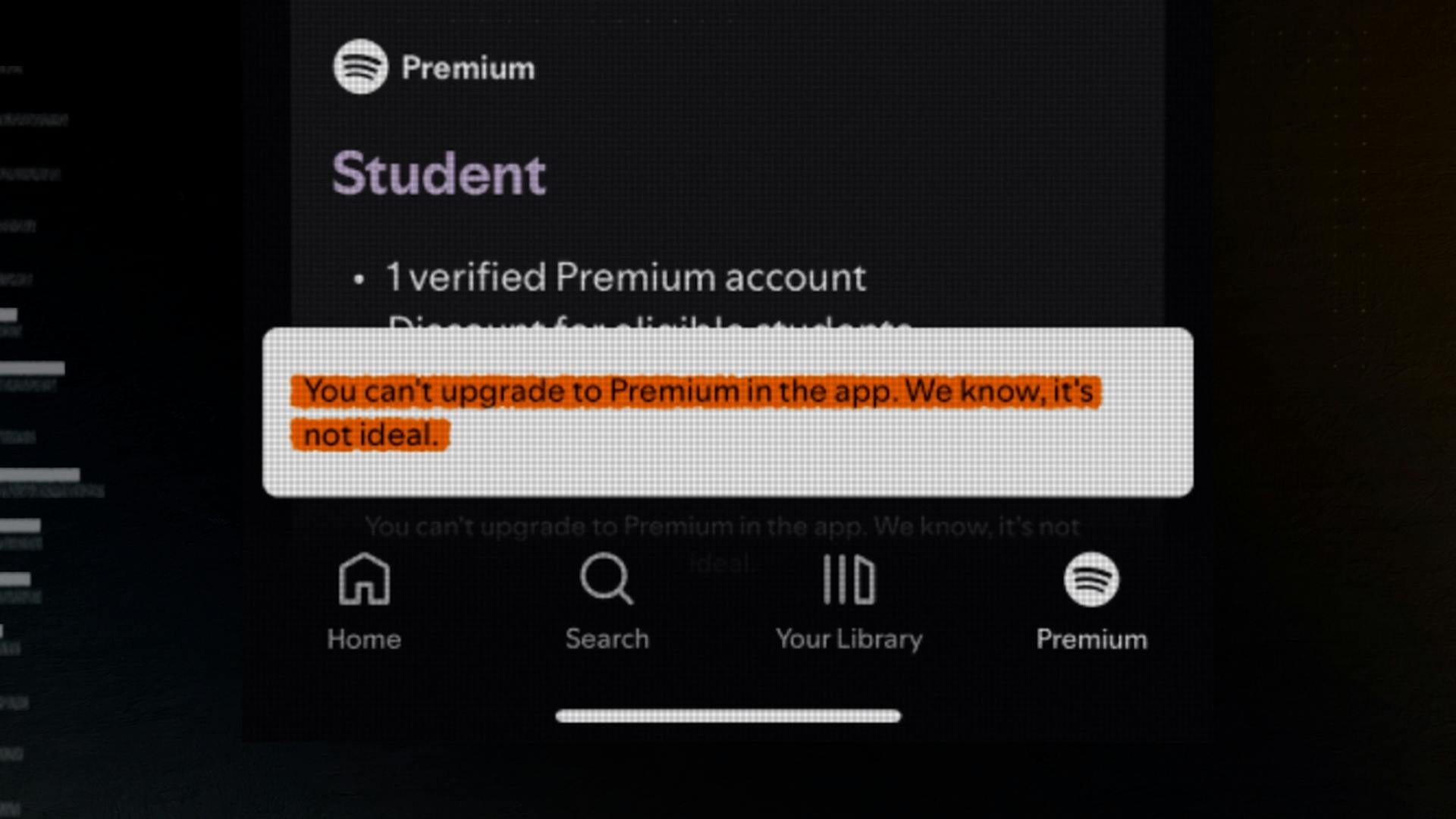
A walk through a web funnel
You can implement any of these strategies yourself with enough code and elbow grease.
Let me introduce you to my award-winning yoga app: Breathin' with Benny. I want to try to monetize on the web. It would make sense to start creating targeted ads on social platforms, popular health websites, or other online groups. It’s important to demonstrate my app's value in a concise and clear way to get the highest quality, longest lasting customers.
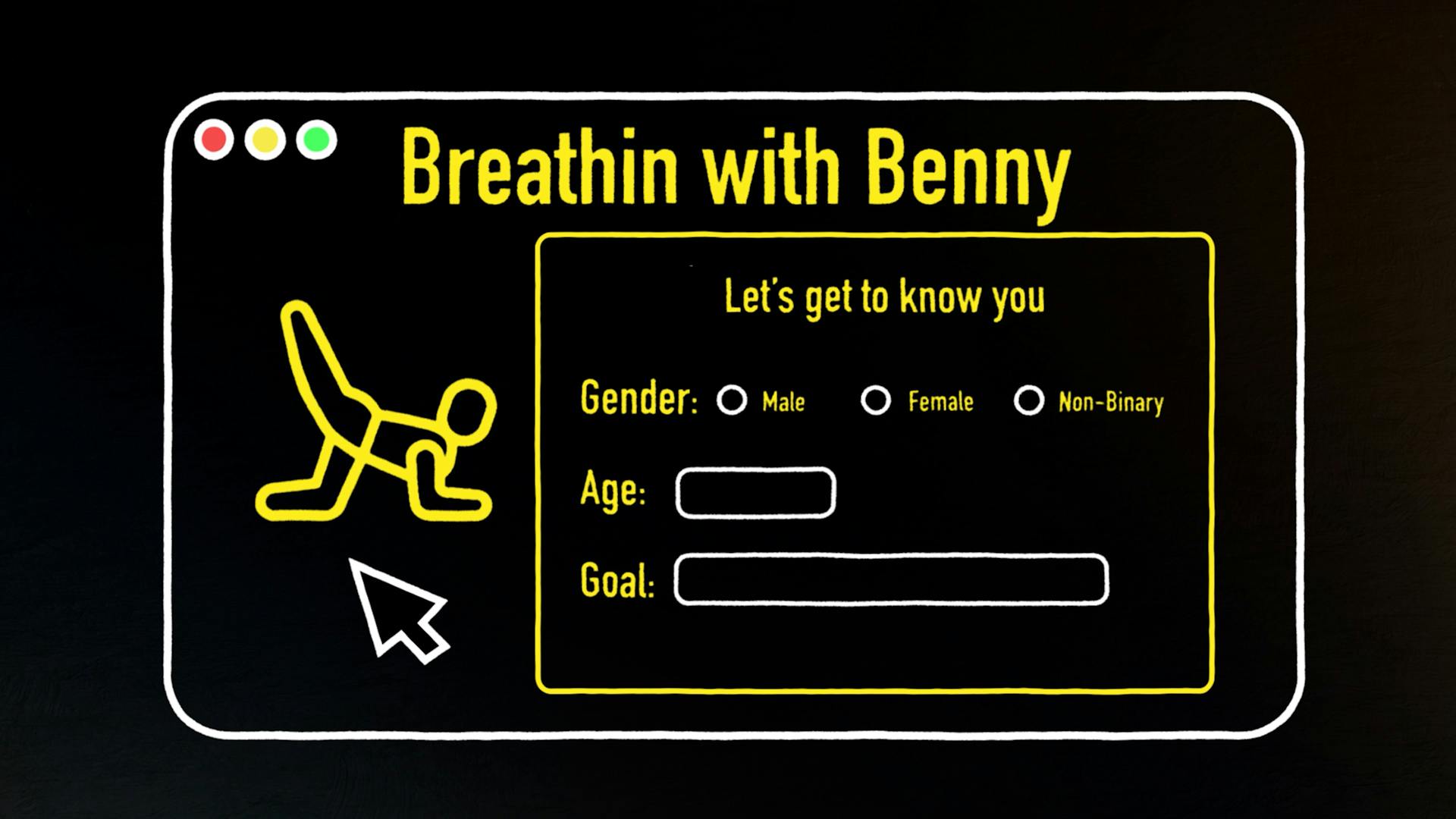
Once the user clicks my ad, I’m driving them straight towards the onboarding process. Here’s where you can take full advantage of the web’s benefits. With the web, you have a lot more freedom of attribution in addition to avoiding app store fees.
Now, you have better data for your advertising campaigns and better data to provide value. When the user creates their account, they have a personalized product that's tailored to their specific preferences. They’re also more incentivized to create the account knowing that there is a customized experience in store for them. It’s also great churn insurance, since you now have details to re-market and win them back later down the line. Now, privacy is always important and your customers are trusting you. This isn’t a strategy that should be abused, and you must follow all privacy and compliance regulations.
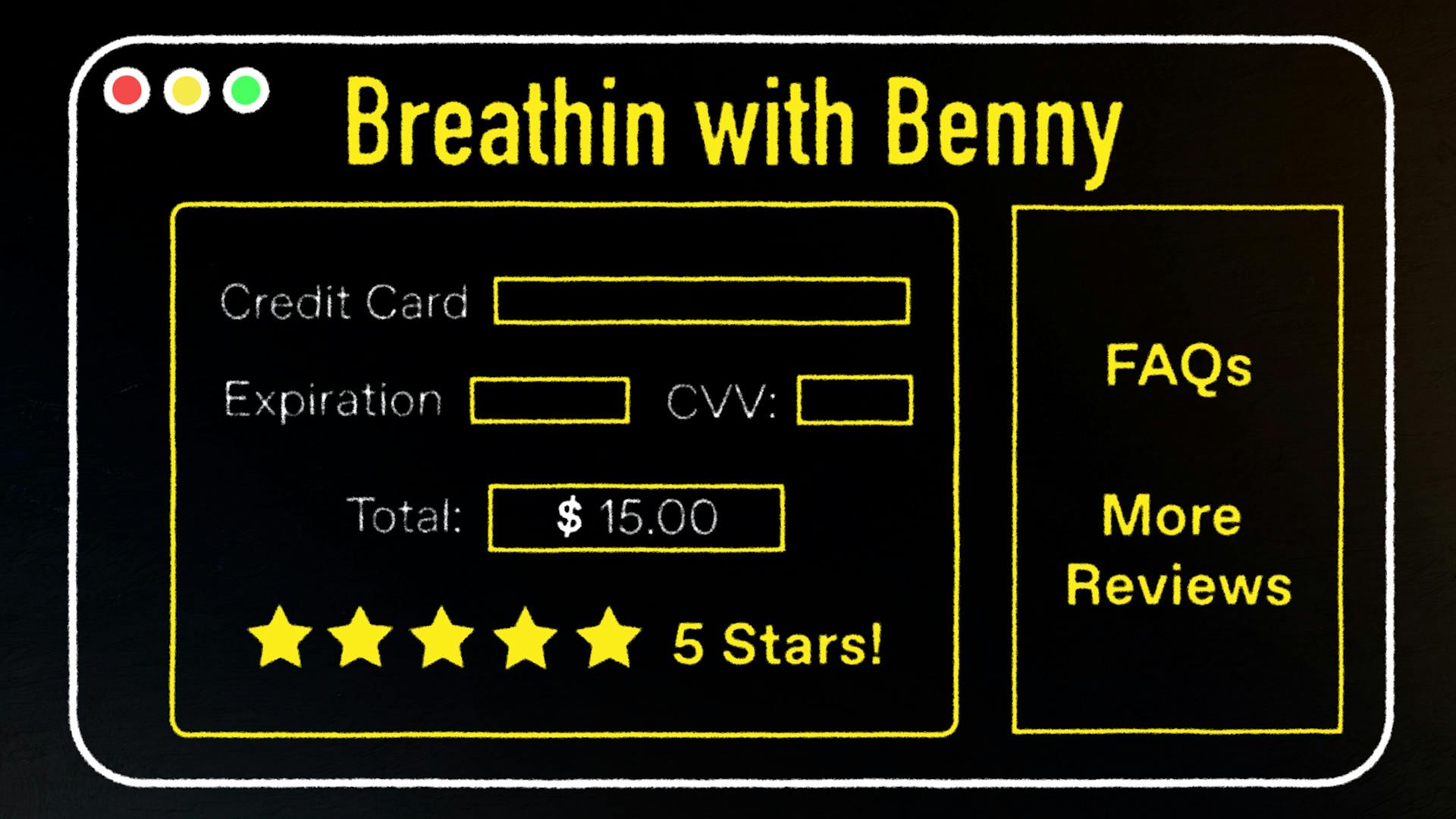
Next comes the step that’s quintessential in avoiding app store fees: the paywall.
Even though you have a lot more control here, there are still challenges. Users aren’t in an environment as familiar as the App Store, this means content and UI are extremely important. Showing social proof, FAQs, and localizing your pricing give your customers assurances that they are in the right place.
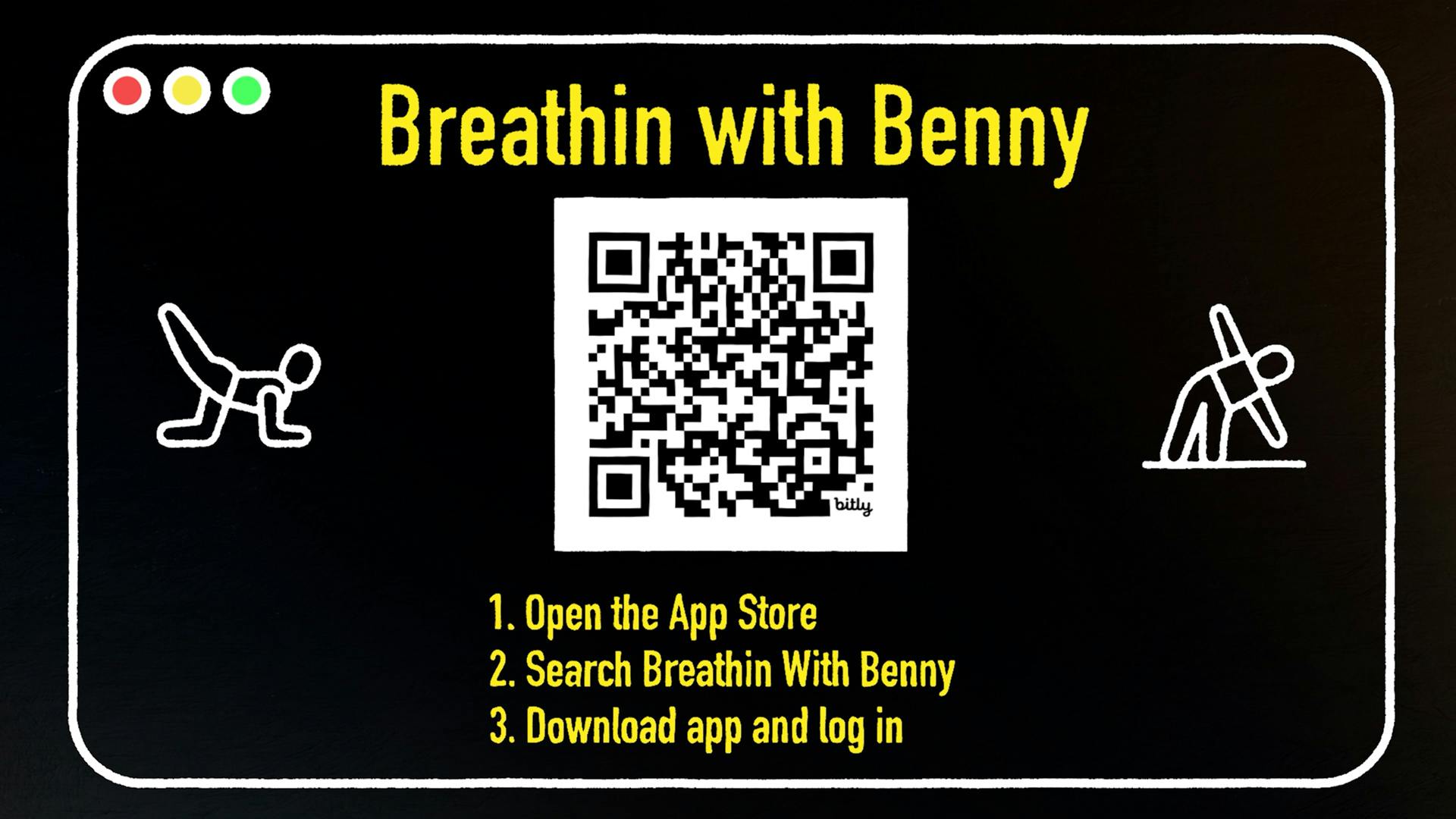
Finally, you need to get users to actually download the app. The potential for drop-offs here is high, so make this as easy as possible like the use of QR codes and carefully laid out instructions. To help smooth out the process consider deep links, where users are already logged into the app upon download, rather than having to remember their info and sign in themselves.
To build or to buy?
Web Funnels aren’t something that can be completed overnight. Although the benefits are clear, there are a ton of moving parts that involve a lot of time and money.
Building all of this in house can require up to 6 months of work, a slew of developers and an entirely new web stack team. Your funnel also needs continuous optimization, with development cycles taking up time year after year. A third party service like Funnelfox can help here to handle the hard stuff and help manage your funnel for you so that you can focus on other areas of your business.
Billing infrastructure can also be a complex burden that requires a lot of time and money.
If you opt to handle payments yourself, you’re now in charge of complicated taxes, chargebacks, localized payments and even strict regulations. It’s an overwhelming amount of work added to your plate.
To make things easier and avoid that all together, utilize a merchant of record. With a merchant of record like Paddle, we handle everything from chargebacks and refunds, collecting and remitting sales tax and adhering to PCI regulations. It’s all the benefits of the App Store’s infrastructure, with a lot more pricing options and much lower fees.
Web monetization is a super expansive topic, so for more, make sure you check out our full Web Monetization Guide where we talk with experts on the ground floor and highlight examples of companies using web funnels the right way.

00:00:00:00 - 00:00:02:12
Ben
The App Store is no stranger to controversy.
00:00:02:13 - 00:00:05:18
Newscaster
Sideloading is prohibited. Digital markets are 30.
00:00:05:18 - 00:00:07:11
Ben
Percent 30%, 30%.
00:00:07:11 - 00:00:09:22
Newscaster
30% commission on app purchases.
00:00:10:03 - 00:00:39:00
Ben
Walled Garden. 94% of internet usage happens on a smartphone, compared to only 62% on a computer. So if you aren't developing for mobile, you're missing out on a third of the world. I mean, it's a catch 22, right? Damned if you do, damned if you don't. Well not exactly. You can take matters into your own hands and avoid App store barriers while still gaining the benefits of the ecosystem and all the tools it's been around for over 30 years.
00:00:39:01 - 00:00:58:12
Ben
The World Wide Web. But it's not as simple as implementing web checkout. You're still going to need an app, and then getting the two to work in concert requires setting up the right steps. It's still follow compliance and privacy laws. So where do you begin? Well, let's break down three strategies to sell mobile apps that will set you up for success.
00:00:58:14 - 00:01:22:12
Ben
And put some of this app store controversy to bed. The information that we're sharing in this episode is brought to you by our web monetization guide. Sign up below to get a complete view of this topic, and get access to the tools that we don't have time for in this video. The first and most common web monetization strategy is a web two app funnel, where you use ads to drive a user to sign up and pay on the web before directing them to download the app.
00:01:22:14 - 00:01:43:11
Ben
I've been trying to get back into reading lately, and I recently got an ad for Blinkist, an app that summarizes and recommends a ton of books based on your reading preferences. When I go to sign up on Blinkist website, I answer a few questions, page directly on my desktop and then get directed to download the app. Now I'm monetized online while enjoying the literary knowledge on Blinkist mobile app.
00:01:43:13 - 00:02:02:04
Ben
The next strategy is the inverse a web store strategy. This is where you acquire users through the App Store, but they transact through your web portal so you avoid any platform fees. The strategy is popular amongst gaming companies like Zynga, where they incentivize players who downloaded their app to purchase on the web store through promotions, discounts, and VIP items.
00:02:02:05 - 00:02:21:03
Ben
The App Store makes it difficult to do this since you can't actually advertise your alternative store within the app. This strategy requires a bit of community building and trust as you guide your audience from the app to your web store without any blatant messaging. The last strategy is a hybrid approach. This occurs when your product offers both a web based and a mobile based experience.
00:02:21:05 - 00:02:37:21
Ben
Let's look at Spotify as an example. When I sign up for Spotify on the web, I make the transaction there and then I'm prompted with the option to download the app. And when I sign up on mobile, I'm actually not even allowed to complete the premium transaction within the app. I have to sign up on the web in order to purchase.
00:02:37:21 - 00:02:52:10
Ben
And as you can see with Spotify, you still can't utilize by messaging. You can implement any of these strategies yourself with enough code and elbow grease. Vitaly, CEO of adapt, has experience here, and he's also had a hand in creating a tool that does a lot of this for you.
00:02:52:12 - 00:03:09:12
Vitaly
Yeah, my name is Vitaly and I'm local founder is CEO of Adapty. We've recently launched the Funnelfox It's a platform that makes web to app easy. If you have a mobile app, normally what you do is you advertise it somewhere. Your user sees your ads, clicks, and then it goes directly to the App Store or Google Play.
00:03:09:14 - 00:03:21:20
Vitaly
Alternative approach could be that instead of letting your customers directly to your app, what you do is you build a super simple website even without having a full web version of your app. You can build a web funnel.
00:03:21:22 - 00:03:41:19
Ben
Let me introduce you to my award winning yoga app: Breathin with Benny. I want to try to monetize on the web. It would make sense to start creating targeted ads on social platforms, popular health websites or other online groups. It's important to demonstrate my app's value in a concise and clear way to get the highest quality, longest lasting customers.
00:03:41:21 - 00:03:54:15
Ben
Once the user clicks my ad, I'm driving them straight towards the onboarding process. Here's you can take full advantage of the web's benefits. With the web, you have a lot more freedom of attribution in addition to avoiding App Store fees.
00:03:54:19 - 00:04:19:12
Vitaly
The problem is the attribution. Apple limits the amount and information you can send to that network. It ruins your user acquisition and the web funnel. All this action is happening in a browser in the web, so the platform does not control it. You ask your users different questions like what's your gender? What's your age? Fitness app? What's your goal?
00:04:19:12 - 00:04:24:07
Vitaly
The more data about the customer like first party data you have, the better it works.
00:04:24:09 - 00:04:46:06
Ben
Now you have better data for your advertising campaigns and better data to provide value. When your user creates their account. They have a personalized product that's tailored to their specific preferences. They're also more incentivized to create the account knowing that there is a customized experience in store for them. Also, it's great churn insurance since now you have details to remarket and win them back later down the line.
00:04:46:08 - 00:05:07:14
Ben
Now, privacy is always important and your customers are trusting you. This isn't a strategy that should be abused, and you must follow all privacy and compliance regulations. Next comes the step that's quintessential and avoiding App Store fees the paywall. Even though you have a lot more control here, there are still challenges. Users aren't in an environment as familiar as the App Store.
00:05:07:16 - 00:05:31:19
Ben
This means content and UI are extremely important. Showing social proof, FAQs and localizing your pricing gives your customers assurances that they're in the right place. Finally, you need to get users to actually download the app. The potential for drop offs here is high, so make this as easy as possible, like the use of QR codes and carefully laid out instructions to help smooth out the process even further.
00:05:32:00 - 00:05:50:19
Ben
Consider deep links where users are already logged into the app upon download, rather than having to remember their info and sign in themselves. Hopefully this all sounds straightforward. A web funnels aren't something that can be completed overnight. Although the benefits are clear. There are a ton of moving parts that involve a lot of time and money.
00:05:50:22 - 00:06:05:11
Vitaly
When you want to build a web funnel, it needs to be optimized for in-app browsers. And the second challenge is a data challenge. Like you need to somehow glue your data glue to the attribution. Just make this pipelines reliable.
00:06:05:13 - 00:06:27:21
Ben
Building all this in-house can require up to six months of work, a slew of developers, and an entirely new website team. Your funnel also needs continuous optimization, with development cycles taking up time year after year. Perhaps use a tool like Funnel Fox. Funnel Fox can help you here to handle the hard stuff and help manage your funnel for you, so that you can focus on other areas of your business.
00:06:27:21 - 00:06:32:22
Ben
Building infrastructure can also be a complex burden that requires a lot of time and money.
00:06:33:09 - 00:06:38:22
Vitaly
Apple does everything for you. Yeah, you need to pay a 30% commission, but Apple does everything for you.
00:06:39:00 - 00:06:48:20
Ben
If you opt to handle payments yourself now, you're going to be in charge of complicated taxes, chargebacks, localized payments, and even strict regulations. It's an overwhelming amount of work added to your plate.
00:06:48:22 - 00:07:01:08
Vitaly
When you're into the wild new app. You need to do all of these things yourself. Like, you need to control the chargeback rate, the refund rate you need to ensure you refund yourself to the customer. You need to handle support.
00:07:01:10 - 00:07:22:01
Ben
To make things easier and avoid all of that together. Utilize a merchant of record with a merchant of record like paddle. We handle everything from chargebacks and refunds, collecting and remitting sales tax, and adhering to PCI regulations. It's all the benefits of the app stores infrastructure with a lot more pricing options and much lower fees. Web monetization is a super expansive topic.
00:07:22:02 - 00:07:32:08
Ben
So for more, make sure you check out our full web monetization guide, where we talk with experts and highlight examples of companies doing amazing work with web funnels. I'm Ben Hillman and I'll see you next time.




